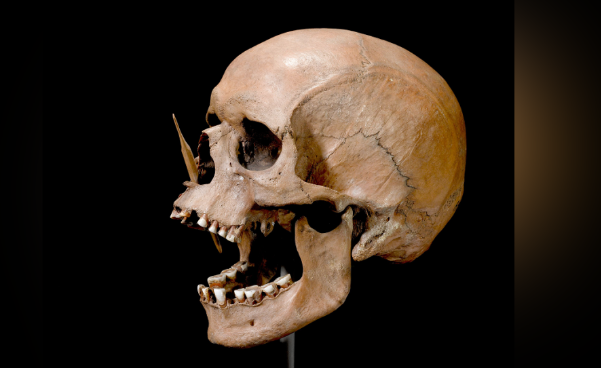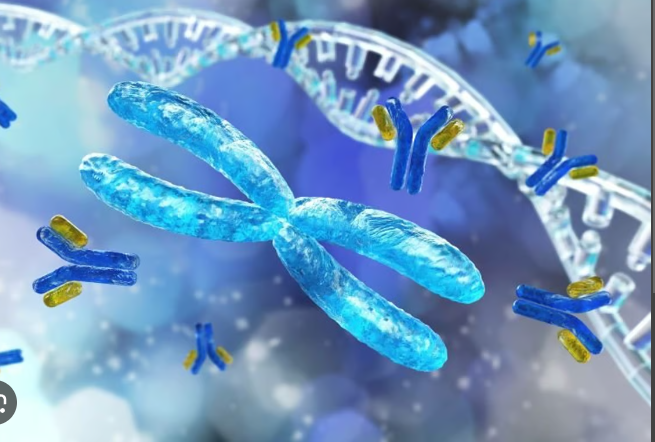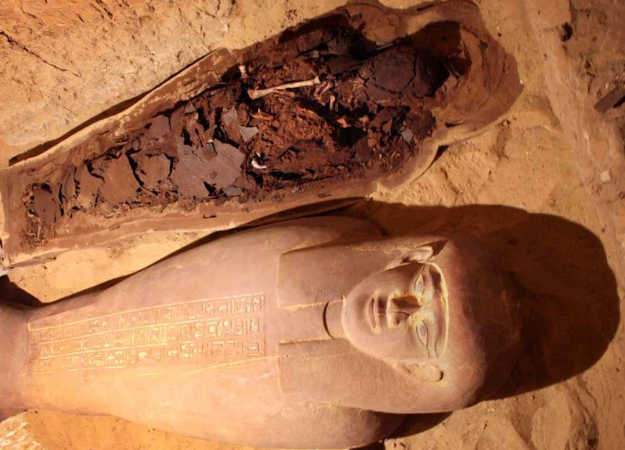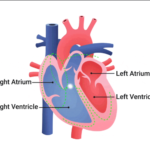DNA locked in the bones and teeth of more than 5,000 humans who lived in Asia and Europe up to 34,000 years ago is providing vital clues to a myriad of present-day medical conditions of Ancient Gene Bank
These ancient peoples’ descendants can currently be found throughout Europe and other parts of the world. However, scientists found that the genetic imprint of their ancestors still exists in four investigations that were published in the journal Nature on January 10.
One important finding is that the reason why multiple sclerosis is more common in Northern Europe is that the ancestors of farmers had a gene that shielded them from illnesses that attack sheep and cattle. The Yamnaya people, who were cattle herders who migrated via Russia, Bulgaria, and Romania to settle in North-Western Europe, are thought to have brought the gene variations associated with MS to Europe approximately 5,000 years ago.

Ancient Gene Bank
“Even after arriving in Europe, it must have been a distinct advantage for the Yamnaya people to carry the MS risk genes, despite the fact that these genes undeniably increased their risk of developing MS,” said Eske Willerslev, citing the ongoing threat of animal-borne disease. He is an expert in the examination of ancient DNA and collaborates on studies at the universities of Copenhagen and Cambridge. In addition, he oversees the initiatives of the ancient gene bank. Willerslev emphasized that the MS discovery is much more than a glimpse into the distant past.

Ancient Gene Bank
“These results change our view of the causes of multiple sclerosis and have implications for the way it is treated [today],” he said in a University of Cambridge news release. The specimens of tooth and bone DNA used in the study ranged from the Mesolithic and Neolithic ages through the Bronze Age, Iron Age and Viking periods into the Middle Ages. The most ancient genome in the data set is from a person who lived about 34,000 years ago, the researchers noted. Data from the ancient remains was compared to that of modern DNA from 400,000 people living in Britain. That data set is held in the UK Biobank.

Ancient Gene Bank
William Barrie, a postdoc at the zoology department at the University of Cambridge, stated in the news release that the results “astounded us all.” “They provide a huge leap forward in our understanding of the evolution of MS and other autoimmune diseases,” he stated. “Showing how the lifestyles of our ancestors impacted modern disease risk just highlights how much we are the recipients of ancient immune systems in a modern world.”

Ancient Gene Bank
Other findings from the research project:
- Height. Northern Europeans tend to be taller than folks born in southern Europe, and they can credit the same Yamnaya people for the genetics behind that.
- Risks for other illnesses. Ancient farmer DNA concentrated in southern Europeans may place them at higher risk for bipolar disorder, while ancient genetics may raise risks for Alzheimer’s disease and type 2 diabetes in eastern Europeans.
- Lactose tolerance. Early humans couldn’t digest milk after weaning as children, but a tolerance to milk among adults probably appeared in Europe about 6,000 years ago.
- Eat your vegetables: An ability and tolerance to live solely on a vegetarian diet probably emerged about 5,900 years ago in Europe.
“It’s striking that the lifestyles of the people in the Eurasian region over the last 10,000 years have resulted in a genetic legacy that impacts their present-day descendants, in terms of both their physical appearance and their risk of developing a number of diseases,” Evan Irving-Pease at The Globe Institute, University of Copenhagen, said in the news release. One of the papers has him as the lead author.

Ancient Gene Bank
images source: Google
Disclaimer: The opinions and suggestions expressed in this article are solely those of the individual analysts. These are not the opinions of HNN. For more, please consult with your doctor




































